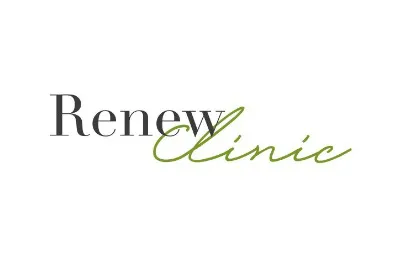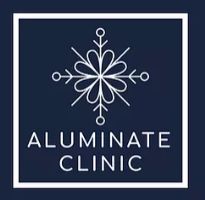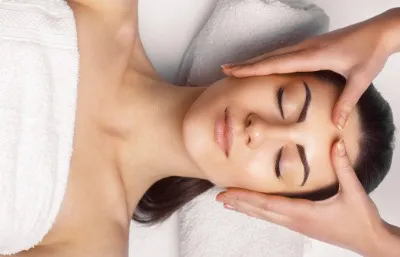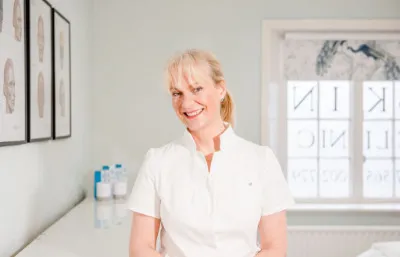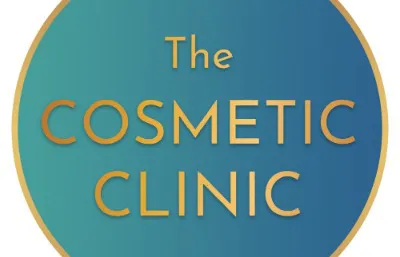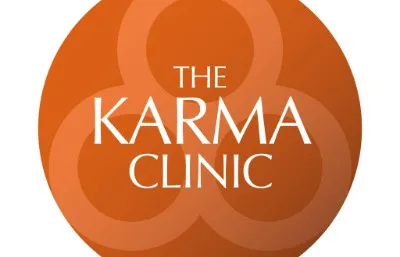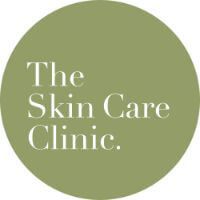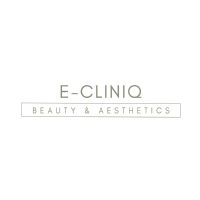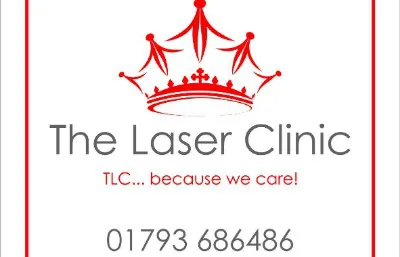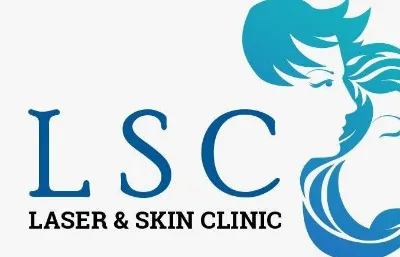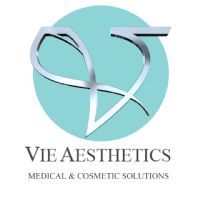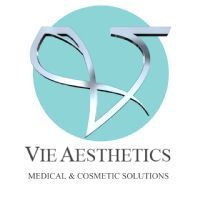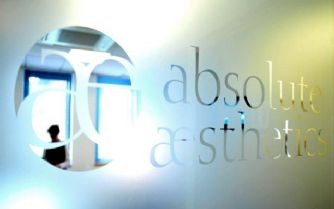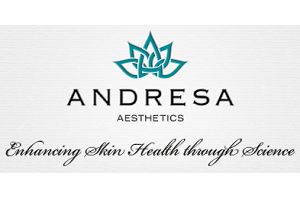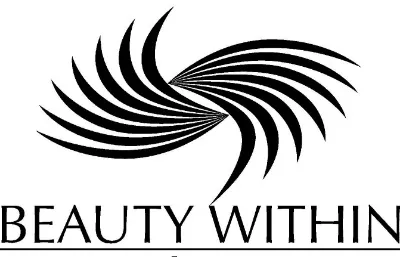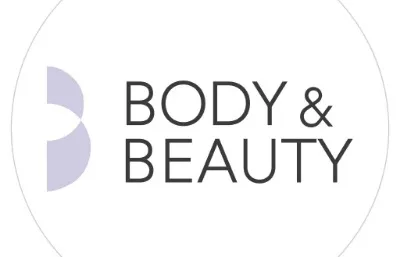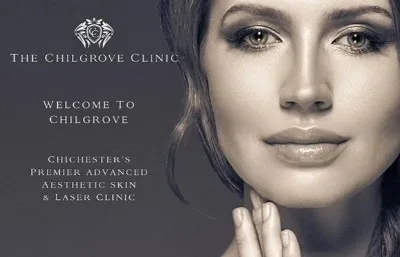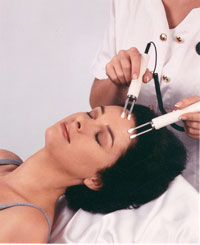Micro-current therapy, like Botox®, and lasers, is yet another example of a procedure which began as a medical treatment, but which has now been adapted for use in the cosmetic market place.
Originally developed in the U.S. in the late 1980s, micro-current therapy was used to treat facial weakness in victims of Bell's Palsy and strokes.
Patients with muscles on the side of their faces, which had been paralysed and caused their faces to look “lop-sided”, were treated with a micro-current. This treatment seemed to “lift” their faces and their faces looked closer to their former selves again.
Micro-current systems are also used to treat muscular injuries (especially in athletes) and by physiotherapists for pain relief.
This treatment has been available in the U.K. for cosmetic purposes since the early 1990s with the introduction of the CACI (Computer Aided Cosmetology Instrument) which became known as the original “non-surgical face-lift”. Treatment claims include the reduction of wrinkles, an improvement in the overall shape of the face, a better complexion and improvements in the appearance of stretch marks and scar tissue.
Micro-current therapy can also be used to treat other areas of the body. It can lift muscles and loose skin and different types of this therapy are currently available in the U.K..
If you are considering micro-current treatment, the following information will give you a basic understanding of the procedure. It can't answer all your questions, since a lot depends on the individual patient and the practitioner. Please ask a practitioner about anything you don't understand.



